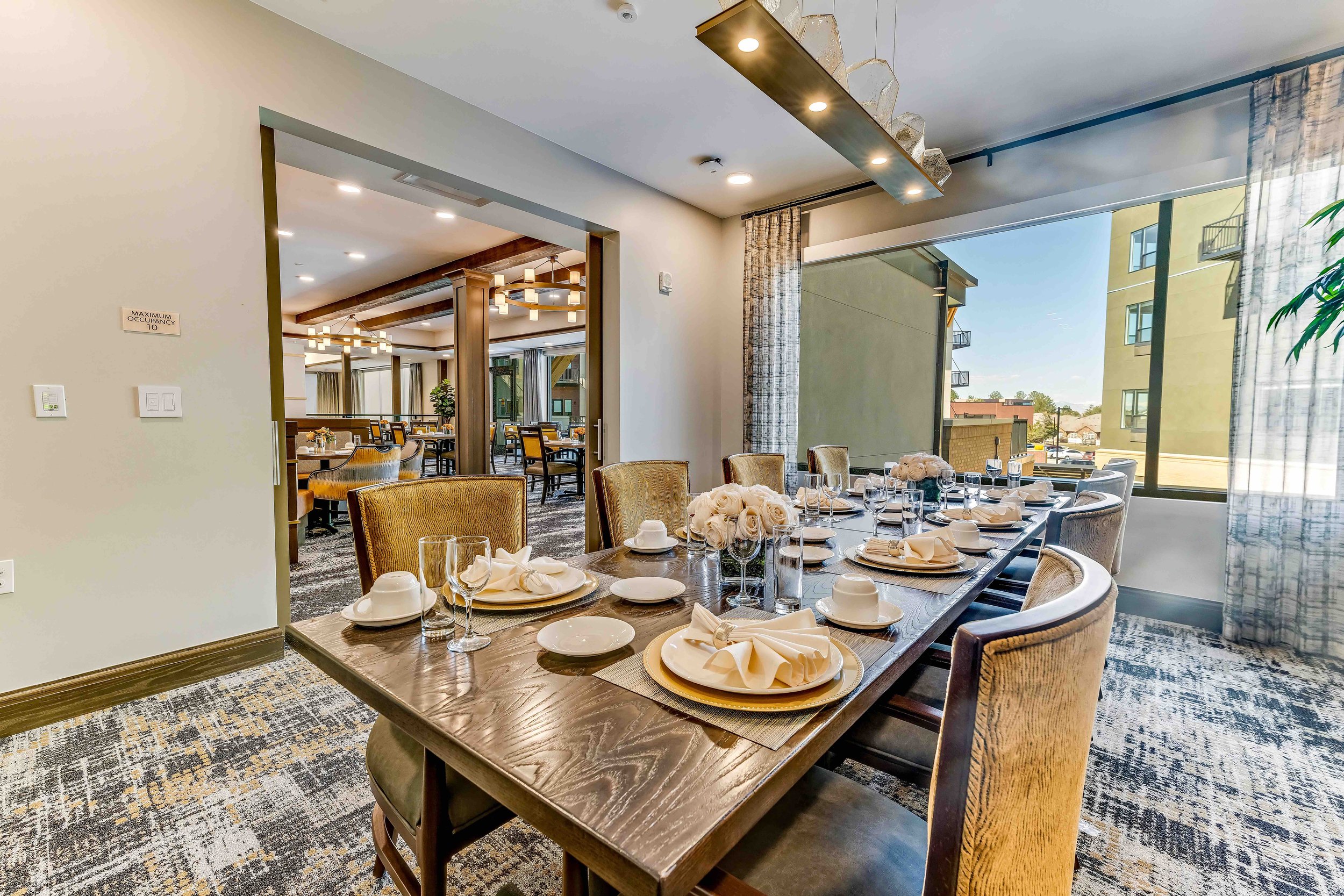How Acupuncture Can Help Seniors Manage Pain
Aches and pains have a way of sneaking up as the years go by. Whether it’s stiff joints, back pain, or nagging arthritis, discomfort can start to feel like an unwelcome daily companion. While medication can help, not everyone wants to rely on pills alone. That’s where acupuncture comes in—a centuries-old practice that’s been helping people find relief in a natural, drug-free way. And yes, even if needles aren’t your thing, this might just be worth considering.
How Acupuncture Works
At first glance, acupuncture might seem a little mysterious. Tiny, hair-thin needles are placed at specific points on the body, stimulating the nervous system to release pain-relieving chemicals. It’s like flipping a switch that tells your body, “Hey, let’s ease up on the pain signals!” Many people who try it report feeling a deep sense of relaxation, sometimes even dozing off during their session.
Benefits for Seniors
For those living in senior living Centennial, acupuncture offers a gentle yet effective way to manage discomfort without the side effects of medication. It’s been shown to help with:
Chronic Pain Relief – Whether it’s arthritis, sciatica, or general muscle aches, acupuncture has been found to reduce inflammation and improve mobility.
Improved Sleep – Many seniors struggle with sleep issues, often due to pain. Acupuncture promotes relaxation and better sleep patterns.
Less Dependence on Medication – While acupuncture isn’t a replacement for medical treatment, it can reduce the need for painkillers, which often come with unwanted side effects.
Better Joint Flexibility – By increasing circulation and reducing stiffness, acupuncture can make everyday movements in retirement home—like walking or reaching—more comfortable.
What to Expect at Your First Session
If the thought of needles makes you uneasy, don’t worry—these are nothing like the ones at the doctor’s office. Most people barely feel a thing. Sessions usually last around 30 to 60 minutes, and you’ll be lying down in a calm, relaxing setting.
Your acupuncturist will start by asking about your pain levels, health concerns, and overall well-being. Then, they’ll place the needles at key points tailored to your needs. Some people feel immediate relief, while others notice improvement after a few sessions. Either way, it’s a gentle, non-invasive option that works alongside other treatments.
Is Acupuncture Right for You?
Whether you’re living in retirement communities Centennial or simply exploring new ways to stay active and pain-free, acupuncture is worth a conversation with your doctor. It’s a time-tested practice that continues to help millions find relief, and for many, it’s an essential part of a well-rounded wellness routine.
Pain doesn’t have to be a daily struggle. Acupuncture offers a natural, holistic way to find relief and improve quality of life—one tiny needle at a time.



















